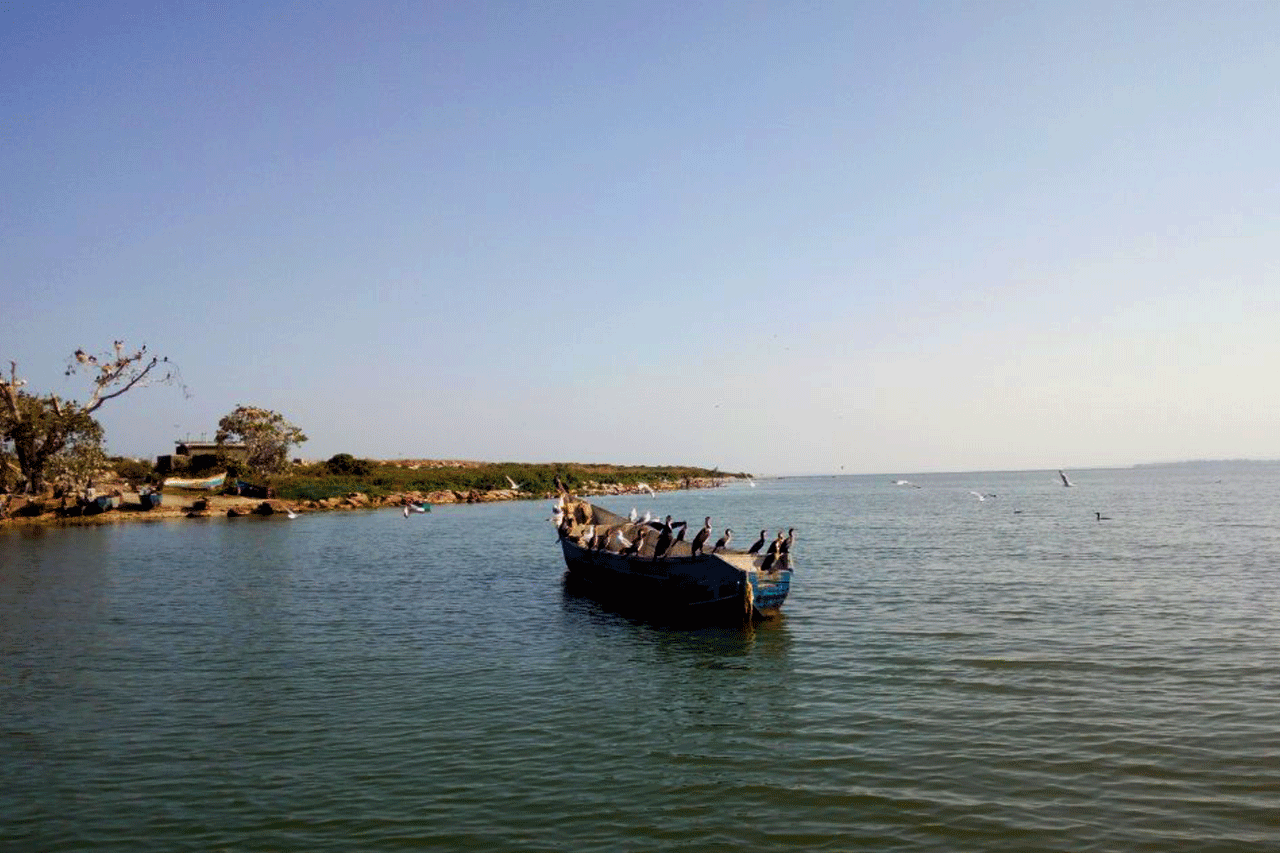Lake Victoria the only lake shared by the three East African countries that is Uganda, Kenya and Tanzania covers a surface area of 68,800 square kilometres or 26,600 square miles with a maximum depth of 84m (276 ft.) and an average depth of 40m (130 ft.). By area, Lake Victoria is largest lake in Africa, planet’s largest tropical lake and at the same time the second largest fresh water lake in the world after Lake Superior in North America.
The lake got its name from John Hannington Speke the European explorer who was tracing for the source of the Nile River. This was named in honour of the Queen of England known as Victoria.
The lake receives rainfall waters as its most source of water, other streams and inflows from the Akagera River which is the largest river that flows in to Lake Victoria. This lake only has one outflow on its northern shore and that is the White Nile and also known as the Victoria Nile as it leaves Lake Victoria or the Nile River near Jinja.
Habitat to different species
Lake Victoria is a home to many species that is to say mammal species like the hippopotamus, African clawless otter, spotted-necked otter, marsh mongoose, sitatunga, bohor reedbuck, defassa waterbuck, cane rats, and giant otter shrew, reptile species like the Nile crocodiles, monita lizards, and the turtles and other fish and bird species.
Things to do on and around Lake Victoria
There are a number of activities on and around this lake that attract many tourists from different destinations and some of these include;
- Fishing for the Tilapia and Nile perch
- Boat cruises
- Bird watching
- Swimming at the Equator
- Visiting the source of the Nile
- Nature and Cultural walks around the lake
- Chimpanzee tracking on Ngamba Island
Islands on the Lake Victoria
There are a number of islands found on Lake Victoria and some of these include; Ngamba Island known for chimpanzee tracking, Sesse island, Bugala island, Koome island, Buvuma Island, Pyramid island, Bubembe Island, Damba Island, Bulingugwe island, Bujagai Island, etc.


